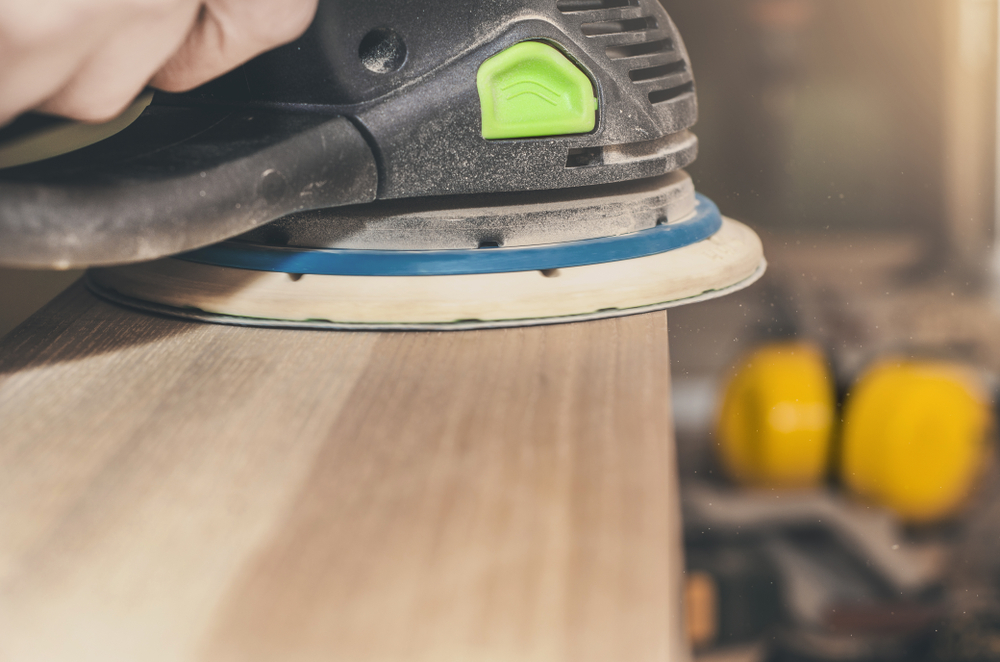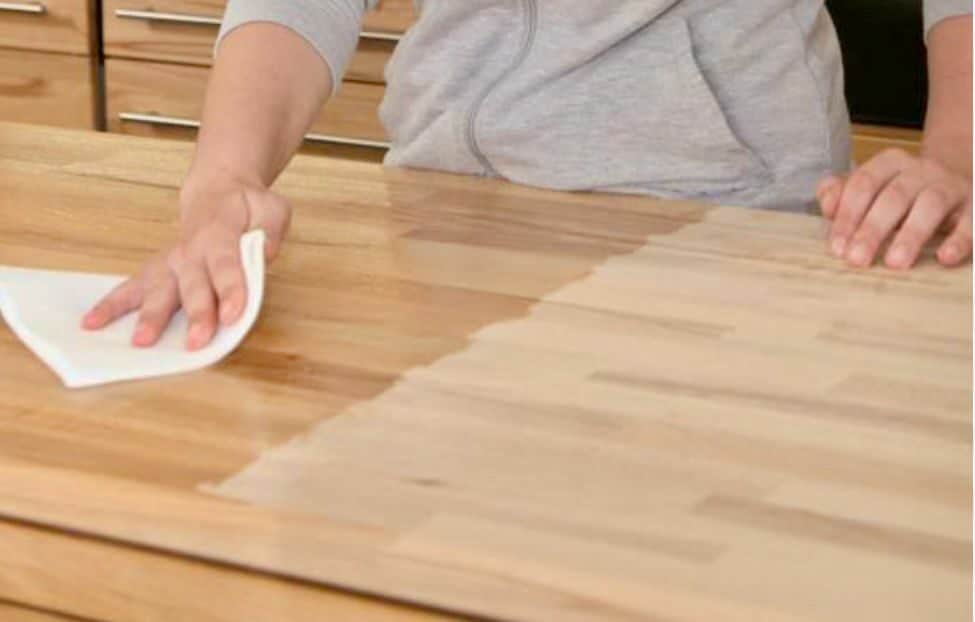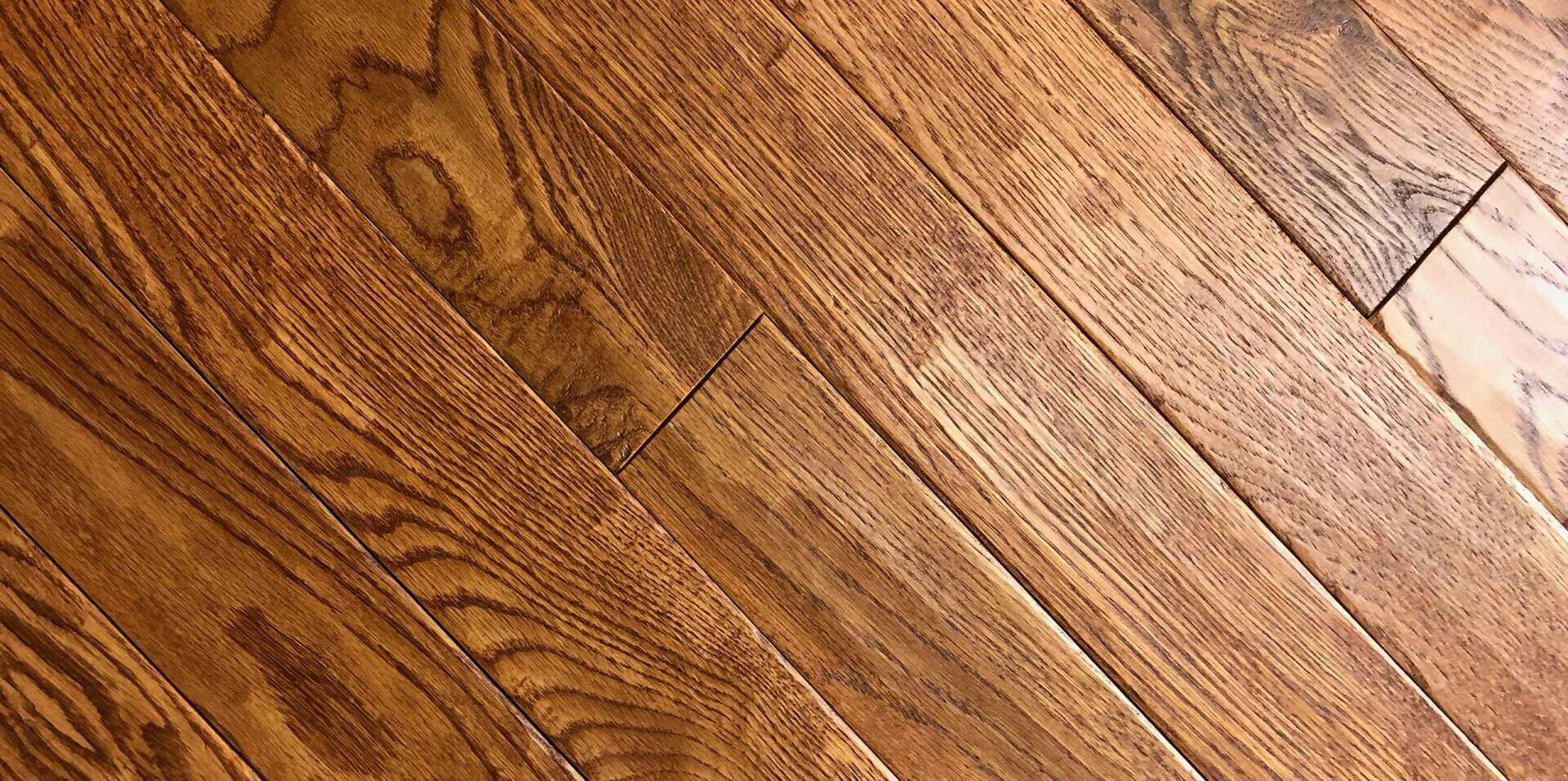London:
Nationwide:
The Differences Between Orbital and Drum Sanding for Floors
Posted on August 27, 2023
Floor sanding techniques
Mastering the Orbital Sander: The Art of Wood Floor Refinement
For those uninitiated in the intricate dance of floor renovation, the terms ‘orbital’ and ‘drum’ may evoke thoughts of celestial patterns or percussion instruments. Yet, these words take on entirely different meanings when it comes to the world of floor sanding. Helmut Krone’s unassuming style championed simplicity, so let us unveil the subtle nuances and divergences between orbital and drum sanding in a style that echoes Krone’s distilled purity.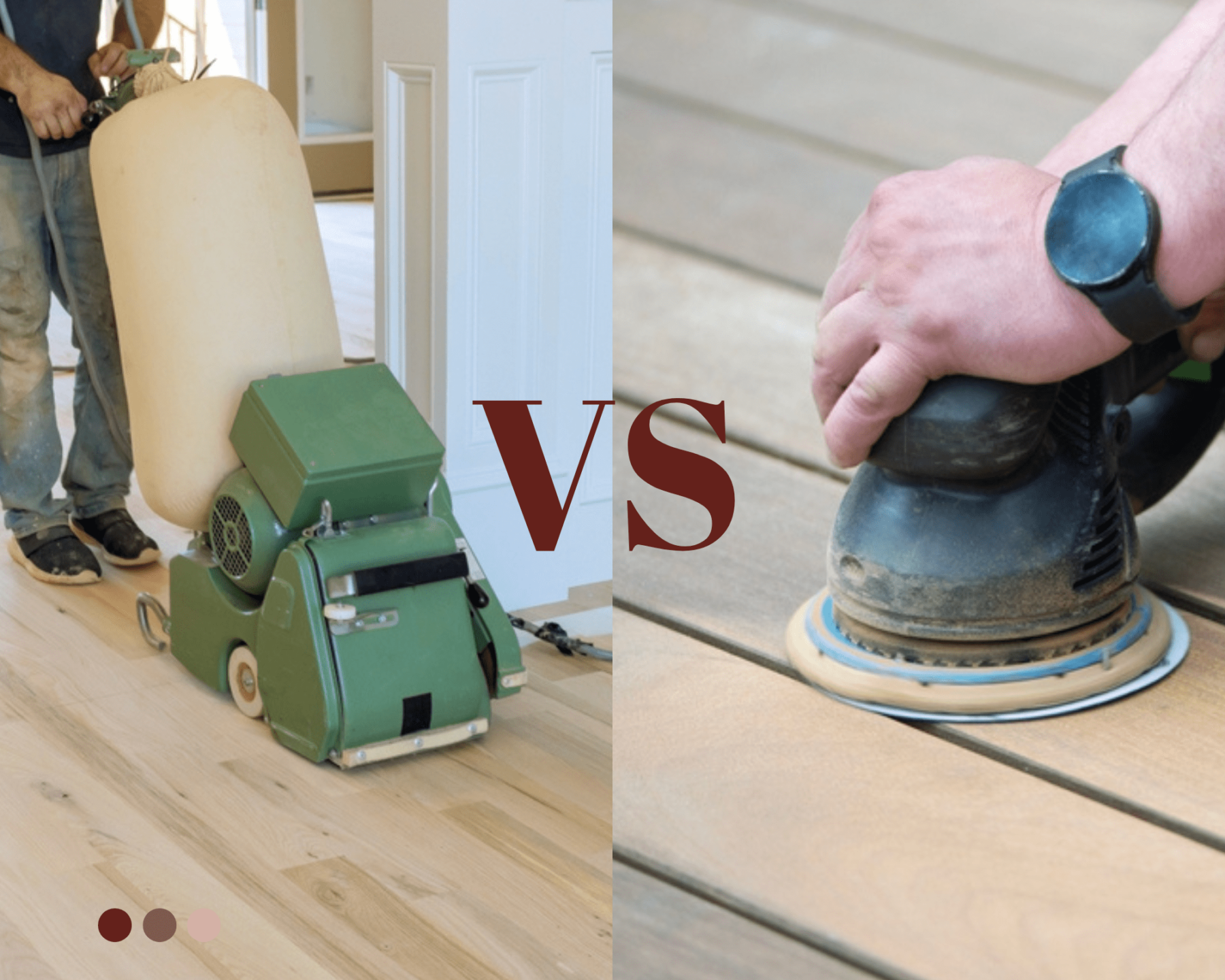
A Glimpse into the Essence
First and foremost, both orbital and drum sanders are potent tools employed to strip wooden floors of their years of wear, tear, and accumulated wax, bringing them back to their nascent glory. Yet, the way they approach this task varies as much as chalk does from cheese. Drum Sanding: The Maestro of Removal Imagine a concert where the drums blare in full force, creating a powerful and resonant sound. The drum sander operates in a similar manner, with force and efficiency. This heavy-duty device consists of a large drum that spins sandpaper vigorously, obliterating anything in its path.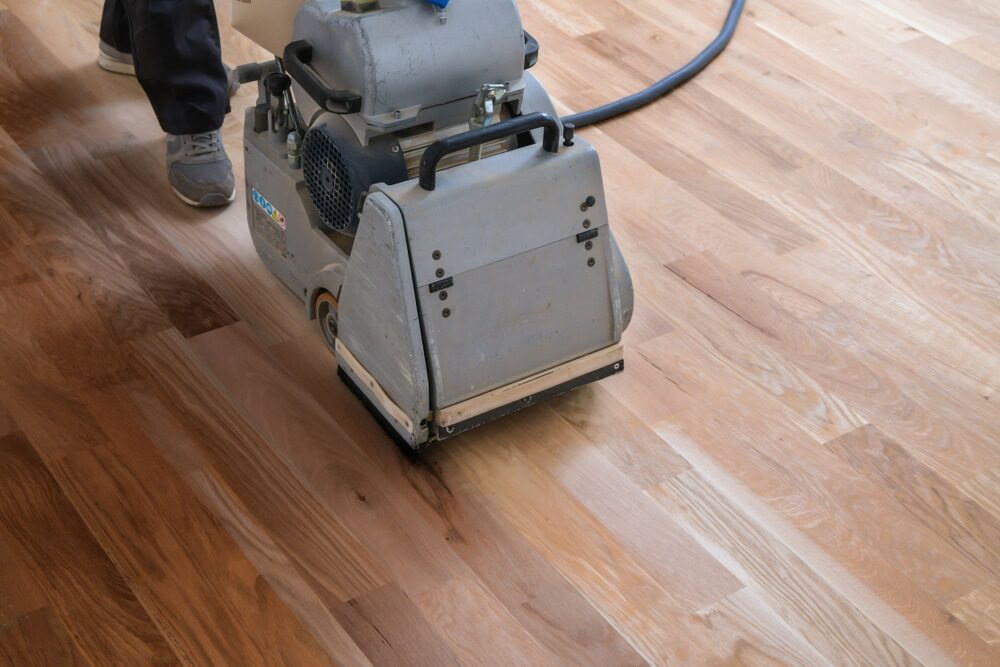 Orbital Sanding: The Subtle Virtuoso
On the flip side, envision a gentle celestial dance—this is the orbital sander. Its mechanism is relatively benign, using oscillating or rotating sanding disks. It’s less aggressive, but, much like the planets that never stray from their orbits, it provides meticulous attention to detail.
Orbital Sanding: The Subtle Virtuoso
On the flip side, envision a gentle celestial dance—this is the orbital sander. Its mechanism is relatively benign, using oscillating or rotating sanding disks. It’s less aggressive, but, much like the planets that never stray from their orbits, it provides meticulous attention to detail.

Delving Deeper: The Pros and Cons
When making a choice between the mighty drum and the meticulous orbital, one must appreciate the strengths and weaknesses each brings to the parquet.Drum Sanders:
- Strengths: These are the go-to for old floors that need aggressive sanding. They can level uneven floors, remove deep-set stains, and strip down several layers significantly faster.
- Weaknesses: They require a practiced hand. In the grip of a novice, the risk of gouging the floor is high. Additionally, the weight and aggressiveness of the machine can be daunting for some.
Orbital Sanders:
- Strengths: Being less aggressive, these are fantastic for fine finishing or for floors that just need a touch-up. It’s also more forgiving, making it apt for those who are new to the floor sanding ballet.
- Weaknesses: It takes its sweet time, especially with tougher jobs. And if your floor is uneven, this dainty dancer won’t do much to level it.
Making the Right Choice: Factors to Consider
When the question arises, “To drum or to orbit?”, here are some considerations to guide your decision:- Floor’s Age and Condition: For older floors with deep-seated imperfections, the drum sander’s potency is invaluable. However, if it’s a younger floor with minimal wear, an orbital sander will do the trick with finesse.
- Experience Level: If you’re a seasoned craftsman, the drum sander, with its power and efficiency, might be right up your alley. For those less experienced or apprehensive, the forgiving nature of the orbital sander is a boon.
- End Goal: If you’re looking for a super-smooth finish, start with a drum sander and then finish with an orbital. However, if you’re only looking to refresh the surface, then the orbital sander can handle the job alone.
The mechanics behind the machines
Understanding a bit about the operation of each sander can significantly impact one’s choice, especially when we view them through the lens of functionality.Drum Sanders:
- How They Operate: Drum sanders use a continuous sandpaper belt wrapped around a cylindrical drum. As the drum rotates, it sands the floor aggressively, linearly. The speed and pressure can often be adjusted to suit the requirements of the task at hand.
- Sandpaper Exchange: The continuous belt means that you’ll replace the entire belt when it’s time for a change. Various grits are available, allowing for everything from heavy removal to finer finishing touches.
Orbital Sanders:
- How They Operate: Orbital sanders use either square or rectangular sanding pads that move in an orbital fashion. This non-linear motion reduces the risk of leaving sanding marks on the floor, which can be particularly beneficial for softer woods or intricate grain patterns.
- Sandpaper Exchange: Orbital sanders typically use hook-and-loop (similar to Velcro) sanding pads, making them quite easy to change. This convenience becomes essential when transitioning between different grits for a progressively smoother finish.
The Nuances of Dust Collection
In the midst of renovation, the generation of dust is a given. However, how each machine handles this by-product varies. Drum Sanders:- Dust Generation: Given their aggressive nature, drum sanders can produce a substantial amount of dust in a short time.
- Collection: Many professional-grade drum sanders come equipped with robust dust collection systems, but it’s essential to ensure that these systems are functioning correctly to maintain air quality and visibility.
- Dust Generation: Though they produce less dust compared to drum sanders due to their gentler operation, dust is still a concern.
- Collection: The orbital motion can aid in funnelling dust into integrated collection systems, often making them slightly more efficient in this aspect than drum sanders.
Floor Types and Their Best Mates
Not all wooden floors are created equal. The type of wood, its age, and previous finishes can all influence the best sanding approach.- Softwoods (e.g., pine, fir): These can easily be gouged by the aggressive action of drum sanders. An orbital sander, with its gentler motion, often pairs better with these softer materials.
- Hardwoods (e.g., oak, maple): These can stand up to the might of a drum sander, especially if there’s a need to remove deep scratches or old, stubborn finishes.
- Parquet and Intricate Patterns: The grain in these floors changes direction, making them susceptible to noticeable sanding marks if drum sanders are used. Orbital sanders are typically the tool of choice for these delicate jobs.

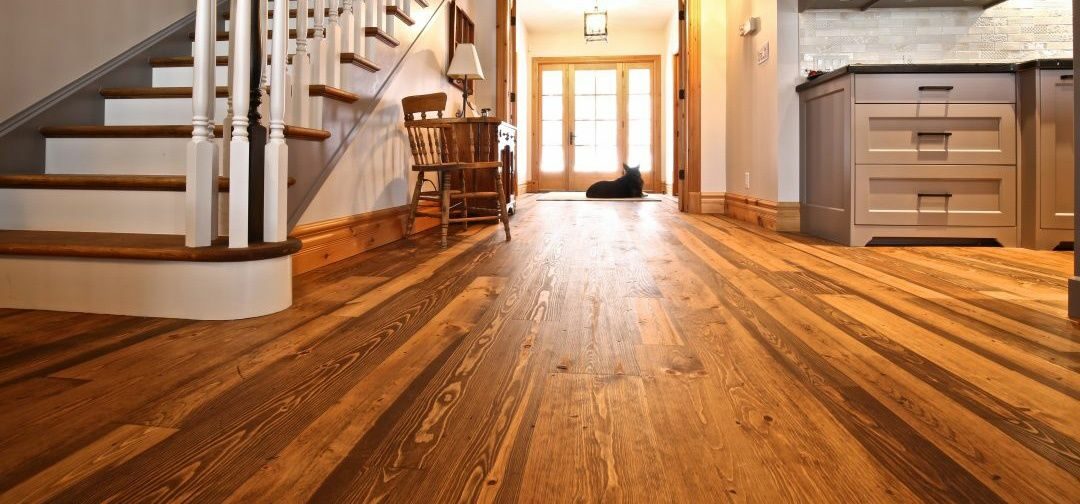
In the Grand Dance of Renovation
Much like in the art realm, where Helmut Krone believed in clarity and simplicity, the world of floor sanding requires a straightforward approach. The key is to understand your floor, your own capabilities, and the result you desire. The drum and orbital sanders, each masters of their own domain, offer tools that, when wielded correctly, can breathe fresh life into any weary wooden floor.Conclusion
As you stand at the precipice of floor renovation, remember this: both orbital and drum sanding have their symphonies, and it’s up to you to decide which tune harmonises best with your floor’s tale. Choose wisely, and let the dance of rejuvenation commence!Some Useful Links:
- Stairs Sanding & Refinishing
- Floor Sanding Services
- School Floor Sanding
- Wood Floor Restorations
- Wood Floor Repairs
- Wood Floor Polishing
More from our Blog:
How to Prep Your Space for Orbital Sanding Advanced Techniques for Orbital Sanding on Wood Floors The Science Behind Orbital Sanding for Floor Restoration Orbital Sanding for Hardwood Floors: Techniques and Tips Orbital Sanding vs. Other Floor Sanding Techniques: Which is Best? Common Mistakes to Avoid in Orbital Sanding for Floors Tips for Achieving Smooth Finishes with Orbital Sanding The Importance of Dust Extraction in Orbital Sanding
Sanding
We provide virtually dust-free sanding with our continuous belt machinery with mobile extraction units, giving you a safer environment for your family.
Oiling
This organic finish not only adds beauty to your home but also has exceptional water-repellent characteristics, making it easier to clean and maintain.
Waxing
This natural floor finish offers the softest and most mellow appearance – and leaves your floor able to breath.
Buffing
Using soft buffing machines (and hand-polishing where required) will bring a wonderful sheen to your newly-finished floor.
Repairs
We offer a full assessment of your wooden floors to determine what repairs are needed to provide the perfect working surface for the later stages of sanding, staining and sealing.
Restoration
We offer a comprehensive restoration process designed to address floors that are improperly fitted or damaged over time through wear and tear.
Request a fixed price quote for your wood floor restoration now
Simply enter your postcode below to get started.
Services
Wood Floor Sanding Wood Floor Restoration Wood Floor Scratch Repair Squeaky Wood Floor Repair Parquet Floor Sanding Parquet Floor Restoration Commercial Floor Sanding Church Floor Sanding Community Centre Floor Sanding School Floor Sanding Gap Filling Gap Filling with ResinCopyright © Mr Sander®
Privacy & Cookies Terms & Conditions Complaints Procedure Cancellation Rights Sitemap